A form of edible kelp commonly used in Japanese and similar East Asian cuisines for the purposes of imparting a distinctly umami or savory flavor, kombu is easily found in a variety of different dishes such as ramen or kobumaki wherein its unique flavor profile and rich nutrition impart an excellent experience to the consumer.
However, certain situations and circumstances such as a lack of availability in one’s local area or an intolerance towards kombu itself may all necessitate that a suitable alternative ingredient be found so as to allow a recipe to still be made despite the absence of the edible kelp product.
The best substitutes for kombu are wakame seaweed, hijiki seaweed, or Nori Algae/Seaweed Laver. The best flavor substitutes for kombu are dashi, bonito flakes, or dried mushrooms. The best seasoning substitutes for kombu are soy sauce, MSG seasoning, or fish sauce.
Substitute Seaweed Food Products
In the event that the recipe specifically calls for a type of seaweed or seaweed-like food product be used, substituting kombu in this particular case can actually be rather easy, especially considering that quite a few different kinds of edible seaweed exist that share the same flavor profile as kombu itself.
Wakame Seaweed
An alternative species of edible kelp with a distinctly strong flavor and chewy texture quite similar to that of kombu, wakame differs only from kombu in terms of flavor due to its slightly sweet aftertaste, of which may or may not be a drawback depending on the sort of recipe wakame is being imparted into.
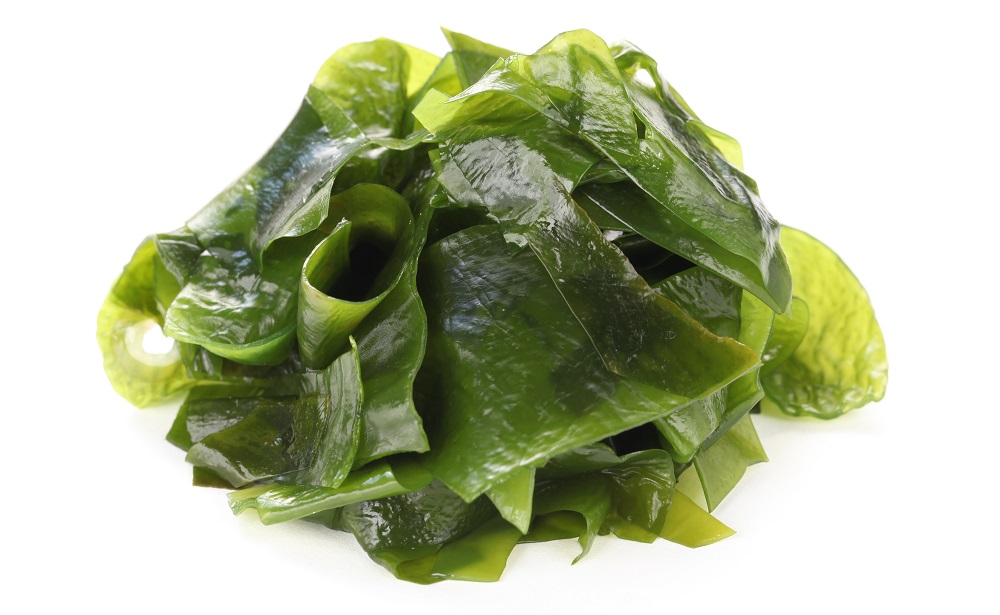
Wakame may be used in a direct one to one substitution for whole dried kombu or in a one and a half to one ratio of substitution for other forms of kombu such as cubes or dried flakes due to the difference in volume and freshness.
Hijiki Seaweed
More commonly used in Korean cuisine than in that of other non-Japanese dishes, hijiki seaweed possesses a similarly intense savory or umami flavor much like kombu seaweed itself, though hijiki’s own relative flavor notes are considered more close to that of a mushroom than that of kelp.
As such, hijiki seaweed is best used in recipes that present rather complex flavor profiles that may help overshadow or entirely hide this otherwise minor difference in flavors.
Hijiki seaweed is also considered less briny or salty due to the nature of where it is grown, thereby allowing for the addition of more salty ingredients into a recipe without causing it to become oversalted.
Nori Algae / Seaweed Laver
Not actually a single kind of seaweed but in fact many different kinds native to Korean cuisine, nori algae or seaweed laver are considered quite savory and are often used to impart a salty taste and distinctly crispy texture to a variety of dishes that are considered quite similar to the sort of recipes that normally incorporate kombu instead.
As such, nori algae or seaweed laver may be used interchangeably with kombu at nearly no loss in textural experience or flavor profile, with certain species of seaweed laver even possessing similar cooking properties and appearances to kombu as well.
Flavor Substitutes for Kombu
One word is primarily used to describe kombu and other East Asian seaweed food products – that of “umami”, of which is otherwise quite similar to the Westerner’s interpretation of what is known as savory, the sort of flavors one would find in spades in such things like tomato dishes or cooked meats.
Considered quite intense in terms of umami flavor, substituting kombu is surprisingly easy due to the relatively common characteristic of savoriness in a variety of food products, making substituting kombu more a matter of availability rather than suitability.
As always, however, it is important to understand that very few substitute food products for kombu can ever truly replicate the edible kelp’s flavor profile in its entirety, and that by substituting kombu certain finer flavor notes may be lost or missed out on in the total taste of the dish.
Dashi
Not a single ingredient but actually a group of different stocks used in Japanese cuisine, dashi is known for forming the base of a variety of umami flavored dishes that require some sort of vegetable or meat stock to impart a savory taste to the dish.
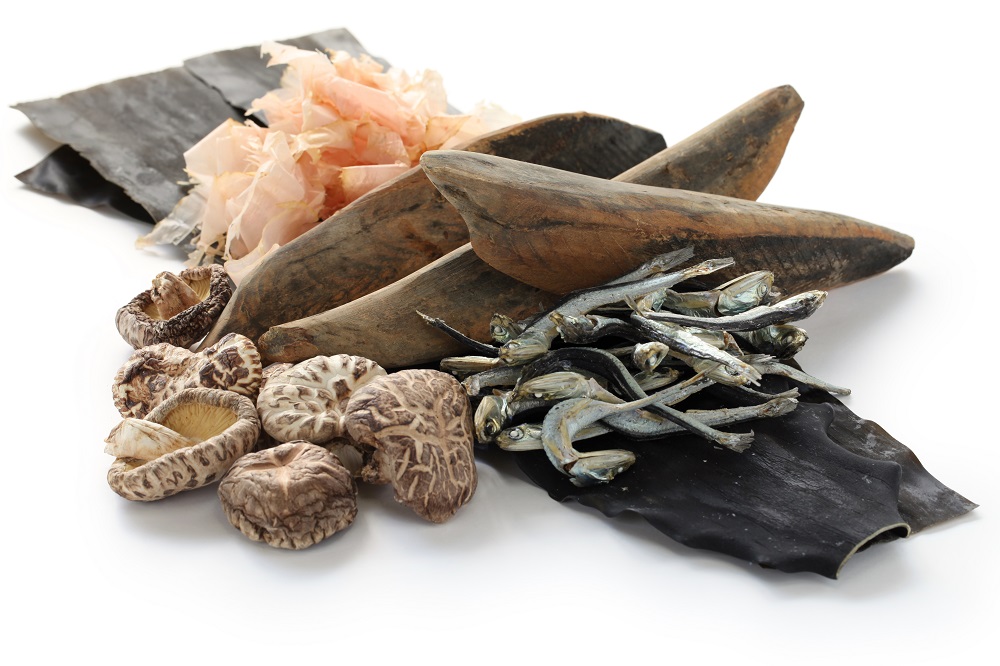
The particular intensity of dashi broth varies between different sources and types, and as such substituting kombu in a ramen broth or similar liquid dish may first require taste testing prior to adding dashi into its ingredient list.
Bonito Flakes
The processed, dried and smoked flakes of skipjack tuna, bonito flakes are yet another ingredient commonly used in Japanese and other East Asian cuisines for the purposes of presenting a savory or otherwise salty flavor in the form of a dry and easily dissolvable flake.
The primary drawback to using bonito flakes as a kombu substitute is the fact that it possesses a distinctly fishy aftertaste, depending on the length and method of which it was smoked, potentially altering the flavor profile of the end product dish if used in too large a volume.
As such, bonito flakes are best used in the sort of recipes that would normally contain kombu but may instead also benefit from the addition of a more fishy flavor, such as certain types of sushi or seafood flavored ramen.
Dried Mushrooms
Generally used as a source of umami in a variety of cultures, most species of edible mushroom such as shiitake or porcini may act as excellent flavor substitutes to kombu, especially in vegetable stocks or soup broths where their relative flavor profile may be leached out by some sort of warm liquid.
A drawback to using dried mushrooms as a kombu substitute is the difference in physical consistency and size, especially between the larger species of mushroom, of which may be quite unlike the dark colored and relatively crispy texture of kombu and other seaweed species.
In order to remedy this, one may cut up the mushrooms, manufacture a broth with their flavoring compounds, or simply purchase powdered dried mushrooms instead, all of which negate this particular caveat.
Seasoning Substitutes for Kombu
In the event that using a larger food ingredient is not required and simply recreating the flavor of kombu alone will prove more than sufficient for the purposes of substituting this edible kelp product, using a similarly umami or savory flavored seasoning should be more than easy to do.
Soy Sauce
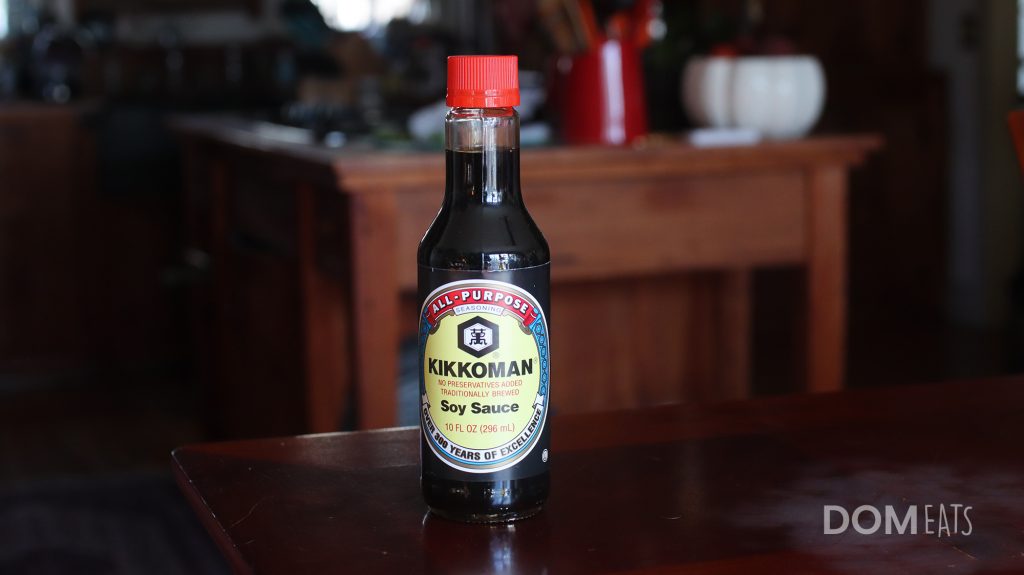
Often described as salty and savory in its more common forms, soy sauce may act as an excellent seasoning liquid substitute to kombu in food products like sauces or marinades that require a somewhat more intense flavor profile than what one would normally be able to derive from kombu itself.
This is due to the fact that the flavors of soy sauce are, in large part, taken from monosodium glutamate or MSG, of which is considered nearly pure umami flavoring, and as such creates a more direct savory taste experience than kombu or practically any other seaweed umami ingredient.
Monosodium Glutamate Seasoning
Oftentimes taking on a pale crystalline powder form, monosodium glutamate seasoning or MSG is essentially considered “pure umami flavor” and may be added to practically any recipe that requires the main body of flavor of kombu without the direct addition of any other taste or ingredient.
This makes MSG perhaps the most versatile substitute ingredient to kombu, with its easily dissolving crystals capable of being incorporated into anything from soup stock to the spice mix of a meat rub without much difference being found between said MSG and kombu itself.
Fish Sauce
Another liquid seasoning found to be quite rich in terms of umami flavoring, fish sauce – when used in relatively minute amounts- can impart similarly intense savory flavors to what would normally be imparted by a stock produced from kombu itself.
Care must be taken when using fish sauce as a kombu substitute, however, as too much may impart certain notes of fishiness that may not be suitable for certain recipes and as such could potentially ruin the entire meal if found to be clashing with other flavors in the dish.
Additionally, the use of fish sauce is rather unsuitable for such things like dry toppings or spice mixes that require a dry substitute to kombu be used instead, and as such it may be more suitable to use monosodium glutamate seasoning or bonito flakes instead of fish sauce so as to keep the food product as dry as possible.
References
1. Abbott, Isabella A (1989). “Food and food products from seaweeds”. In Lembi, Carole A.; Waaland, J. Robert (eds.). Algae and human affairs. Cambridge University Press, Phycological Society of America. p. 141. ISBN 978-0-521-32115-0.
2. Mikiharu Doi (2013). “8: Investigation into the Kokumi Taste of Soup Stock Materials”. In Toko, Kiyoshi (ed.). Biochemical sensors: mimicking gustatory and olfactory senses. Singapore: Pan Stanford. p. 123. ISBN 978-9814267076
3. Wells, John C. (2008), Longman Pronunciation Dictionary (3rd ed.), Longman, ISBN 9781405881180
4. Michael Anthony, Heston Blumenthal, Alexandre Bourdas, Virgilio Martinez, David Kinch with Yoshihiro Murata, Thomas Keller, Harold McGee. (2014) “Umami: The Fifth Taste” Published via Kodansha America Incorporated ISBN 488996391X, 9784889963915

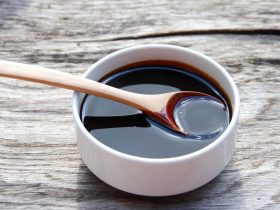

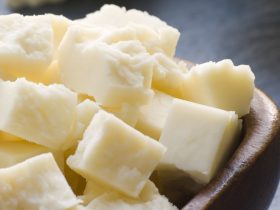

Hi, I'm Dom
Dom Eats was started to help other people fall in love with food. While cooking can feel intimidating, it doesn't have to be.